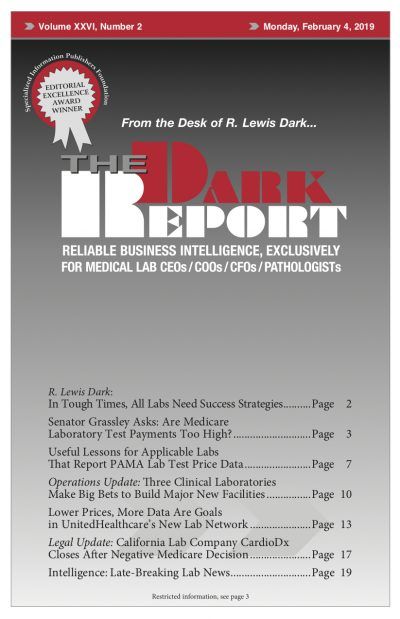This is an excerpt from a 1,565-word article in the Feb.4 issue of THE DARK REPORT. The full article is available to paid members of The Dark Intelligence Group. CEO SUMMARY: With most hospitals now included as “applicable laboratories” in the PAMA Medicare price reporting guidelines and required to report their private payer lab test price data, …
Critical Lessons for Labs That Report PAMA Medicare Data Read More »
To access this post, you must purchase The Dark Report.


